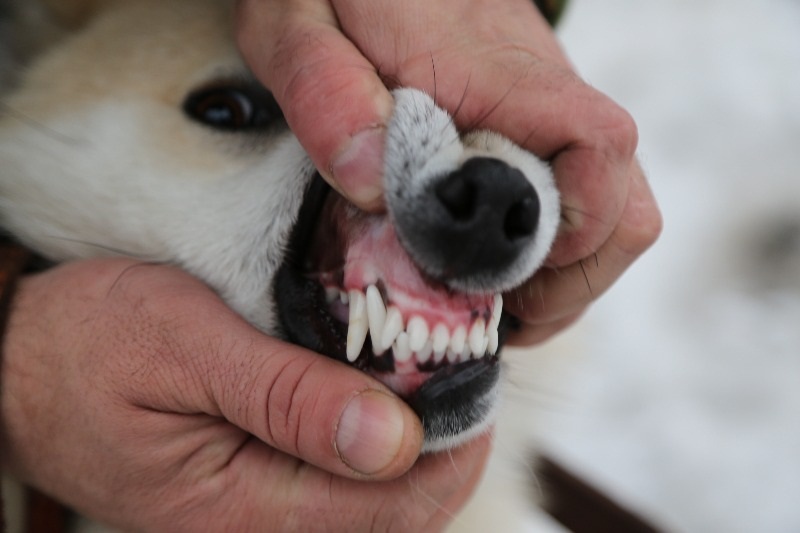If you make a little four-legged friend, then be prepared for the fact that at a certain age he will have a change of teeth. As in humans, in puppies the dairy changes to indigenous (permanent). The first white "needles" grow in 3-5 weeks, their total number is 28 or 32, depending on the breed. And then the adult pet becomes 42, since molars (10 pieces) and extreme premolars grow.
What time do the milk teeth fall out in dogs and whether to pull them out
In puppies, milk teeth fall out at about 3.5-4 months (in representatives of medium and giant breeds), and in decorative doggies later in 5-7 months. After their change in the mouth there are 20 upper and 22 lower. This occurs by 9-12 months.
The first teeth of puppies grow in this order:
Fangs;
Incisors;
Premolars.
And the incisors first fall out, then the premolars and fangs. After their change, indigenous molars grow.
In medium and large dogs, replacement usually occurs on their own. During this period, it is recommended to give the animal toys and various bones that are sold in pet stores so that the teeth become loose faster. In addition, gnawing these objects distracts the dog from itching in the gums.
But in no case do not tear out toys sharply from the mouth. This can lead to malocclusion of the dog and damage to the oral cavity. In this case, you will not be able to participate in dog shows. If the white "needles" do not fall out for a long time, you can slightly sway your finger, but you do not need to pull them out.
Extraction of milk teeth may be necessary in dwarf breeds, since they often fall out later, and new ones begin to grow at the same time. As a result, some interfere with others. In order not to form an incorrect bite, you need to regularly examine the mouth and for any inflammation of the gums and the crooked growth of new units, contact your veterinarian for help.
Correct dog bite

In a one-year-old dog, the correct bite looks like this:
6 incisors on the upper and lower jaws;
2 canines on each jaw located on the edges of a number of incisors;
followed by premolars - 8 pieces each;
molars - 2 on the upper jaw on the right and left, and 3 on the lower jaw.
Thus, the quantitative difference between temporary and indigenous is 10 or 14 pieces. As the pet grows old, fangs and incisors gradually grind down. This usually does not cause discomfort to the pet.
Thus, a complete change usually occurs between 4 and 6-10 months (depending on the breed and the individual characteristics of the body). During this period, vaccination should not be carried out. After the formation of a complete permanent kit for the oral cavity, it is necessary to regularly care and do not be lazy to carry out cleaning. A "needle" to brush with a toothbrush and paste is optional.
 Select language
Select language 





.jpg)
.jpg)
.jpg)
.png)
